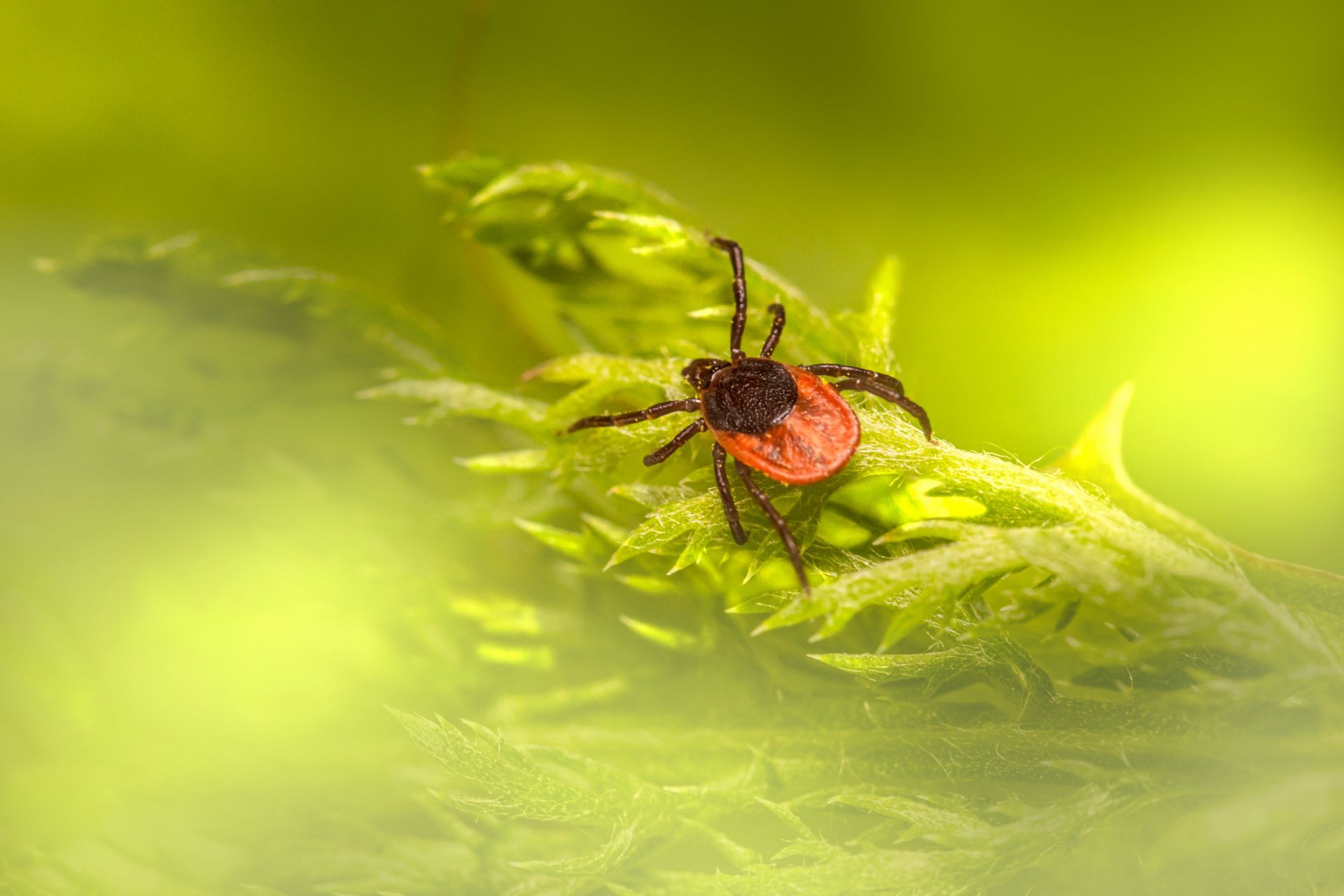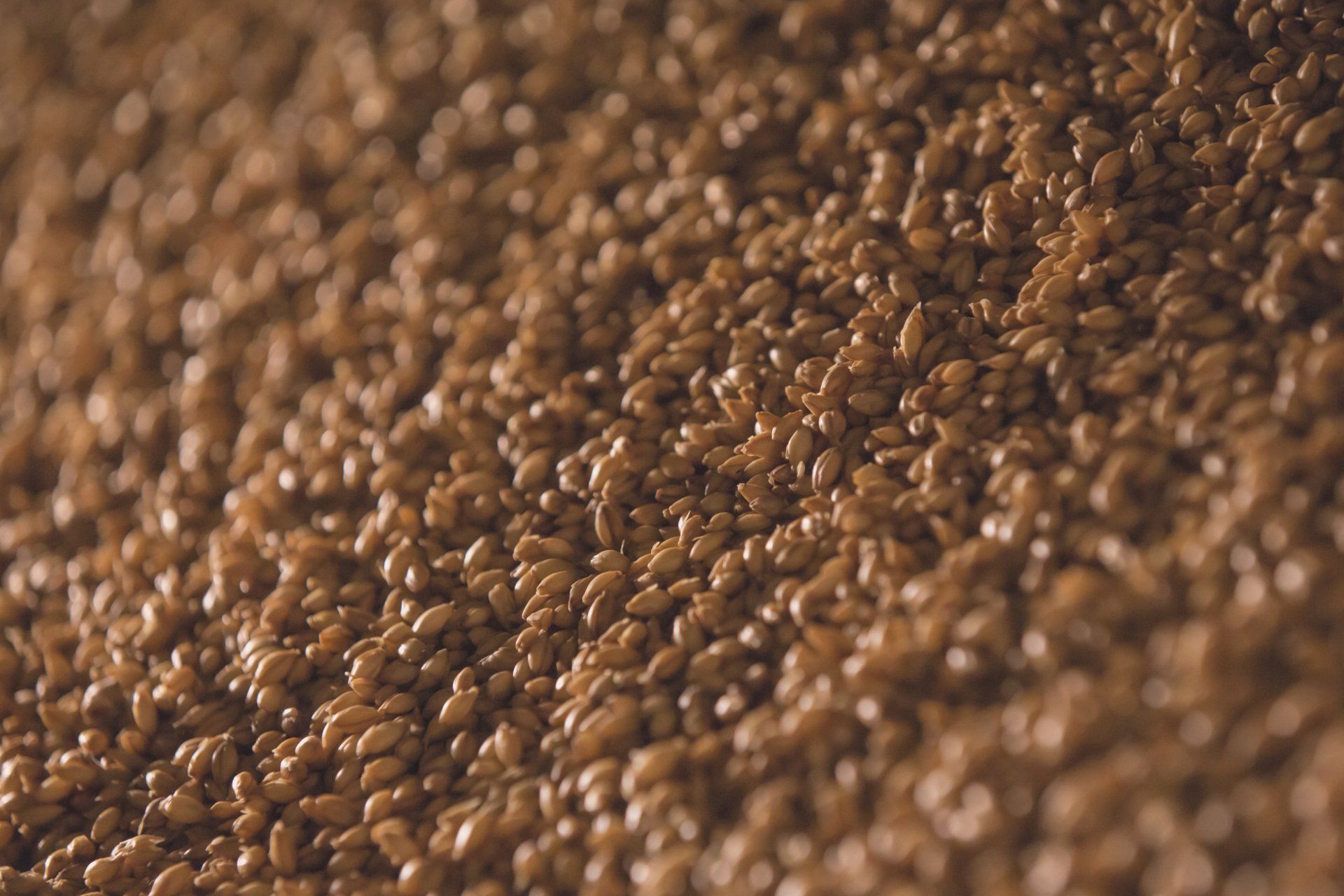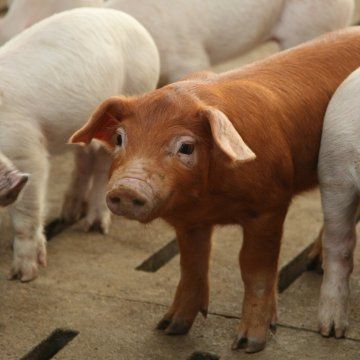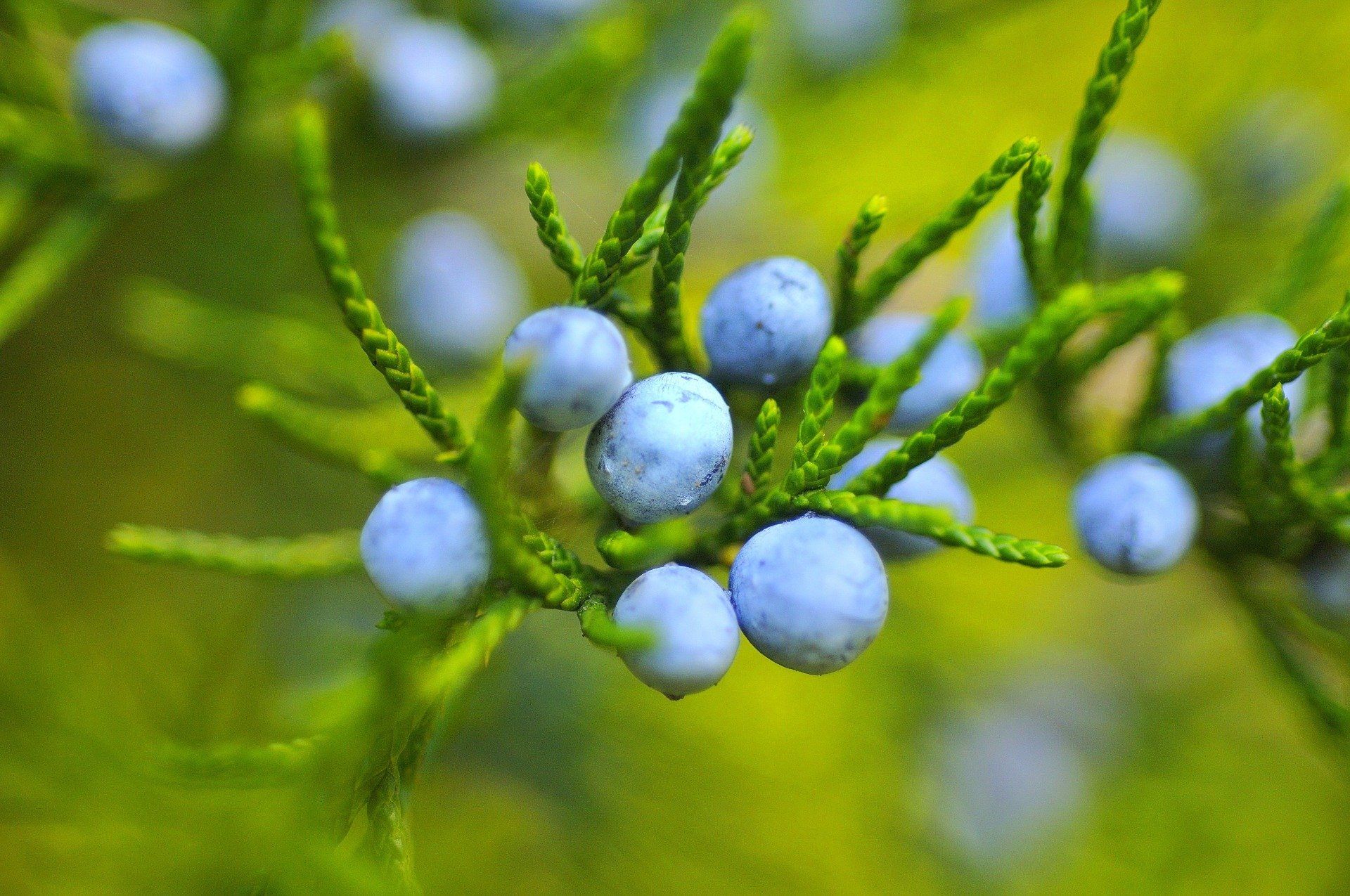Blog
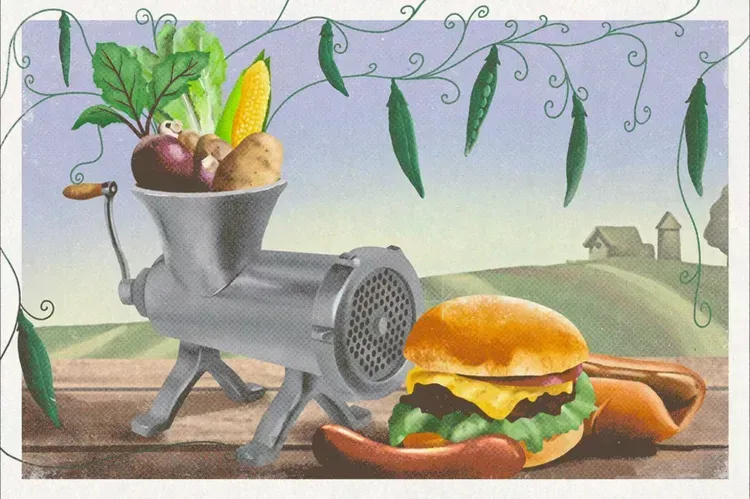
By Chuck Abbott Successful Farming With U.S. approval of cultivated chicken grown in fermentation vats, farm-state lawmakers filed companion bills in the House and Senate on Tuesday to require alternative proteins, such as plant-based foods, to carry the words “imitation” or “lab-grown” on their labels. Sponsors said they wanted to prevent confusion in the supermarket between “real farm-raised meat” and its rivals. Plant-based meats accounted for 2.5% of retail packaged meat sales in 2022, according to the Good Food Institute, a think tank and network of organizations “working to accelerate alternative protein innovation.” Only a trickle of cultivated chicken is on the U.S. market at present. Upside Foods said last September it would build a commercial-scale plant to produce cell-cultured meat products in suburban Chicago. The USDA is working on label regulations for cultivated meat. In the interim, it decided Upside Foods and Good Meat, which were cleared last summer by USDA to sell cultivated meat to consumers, would label their products as cell-cultivated chicken. “The American consumer deserves to know what they are eating and feeding their family,” said sponsor Rep. Mark Alford, Missouri Republican. “It’s only fair that all products are labeled fairly.” Kansas Sen. Roger Marshall said, “Distinguishing between a black-bean burger and an actual beef burger shouldn’t be hard.” Under the legislation, foods made with plant protein and that are sold with a name associated with products from a food-bearing animal or that are created to taste or look like them would be required to carry the word “imitation” on the label or a word to show the source of the protein. “Meatless chicken tenders” would be one possibility, according to a summary of the bill. Similarly, labels for cultivated meat would include “cell-cultured” or “lab-grown” immediately adjacent to the name of the food. The bill was backed by the largest groups speaking for cattle, hog, sheep, and chicken producers, the American Farm Bureau Federation, and the National Association of State Departments of Agriculture. Livestock producers have argued for years for restrictive labels to prevent alternative proteins from using names associated with animals. A one-page summary of the bill is available here . To read the text of the legislation, click here .

The U.S. Food and Drug Administration (FDA) announced in June 2021 that all medically important antimicrobials for food-producing animals and pets will move from over-the-counter (OTC) to prescription (Rx) effective June 2023 . A prescription is already required for most antibiotics delivered to livestock, and the remaining three categories of injectable antibiotics available over-the-counter will soon be joining the list of medically important antimicrobials that require a veterinarian’s prescription. To add to the stress of raising livestock, now things will change again which is going to influence the ag industry overall. I hope that this list of medications will give people a chance to read it and become familiar with the situation before the change comes in June of 2023. Changes Coming are as follow: In 2018, the FDA established a 5 year plan for supporting antimicrobial supervision by veterinarians. The plans purpose to address antimicrobial resistance using only medically necessary drugs as necessary to prevent, treat and control disease. It has to be determined by a licensed veterinarian if it is necessary, but you won’t have to order the prescriptions from the vet directly. You will, however, need to establish a Veterinary-Client-Patient Relationship (VCPR) if certain animals are not examined regularly. Popular Products Will Require Prescriptions Following a recent penicillin shortage, soon producers will get hit with this change that once again impacts access to antibiotic therapy for animals. When you’ve used them for so long as OTC meds to treat pneumonia or shipping fever in your livestock, Now, the change will be to establish the relationship with your veterinarian to get the prescriptions for these meds. Here is the list by active ingredients. The following are some products that will be seeing label changes to prescription-only status: Oxytetracyclines Injectables: Liquamycin LA-200, Noromycin 300 LA, Bio-Mycin 200, Agrimycin 200, etc. Boluses: Terramycin Scours Tablets, OXY 500 Calf Boluses Penicillins (Penicillin G procaine, penicillin G benzathine) Injectables: Penicillin Injectable, Dura-Pen, Pro-Pen-G, Combi-Pen 48, etc. Intramammary tubes: Masti-Clear, Go-dry, Albadry Plus Sulfa-based antibiotics (Sulfadimethoxine, sulfamethazine) Injectables: Di-Methox 40%, SulfMed 40% Boluses: Albon, Sustain III Cattle & Calf Boluses, Supra Sulfa III Cattle & Calf Boluses Tylosin Injectables: Tylan 50, Tylan 200 Cephapirin, cephapirin benzathine Intramammary tubes: ToDAY and ToMORROW Additionally, several swine medications fall under the new guidance: Lincomycin Injectables: Lincomix 100, Lincomix 300, LincoMed 100, LincoMed 300 Gentamicin Injectables: Garasol, Gentamicin Piglet Injection ToDay Mastitis Treatment for Lactating C ows

Those who love any and everything that is related to honey, bees and beekeeping should get ready because it is time to celebrate National Honey Month! National Honey Month is a celebratory and promotional event that is held annually during the month of September. Its purpose is to promote US beekeeping, the beekeeping industry and the use of honey as a natural and beneficial sweetener. The journey of honey, of course, begins with the humble honey bees. Whether buzzing in their hives or foraging for nectar in wide open fields, honey bees are a critical component of today’s agricultural market. They perform the vital function of pollination, or the transferring of pollen from plant to plant, thus fertilizing the plants and enabling them to bear fruit. In fact, about one-third of the average person’s diet in the United States is derived from insect-pollinated plants. And honey bees are responsible for about 80 percent of that process. That’s a lot of reliance on such tiny little creatures! Major crops that depend on honeybees for pollination consist of almonds, apples, avocados, blueberries – the list goes on and on. History of National Honey Month September typically marks the end of the beekeeping season in most climates, which means that the bees are beginning to prepare for winter by securing their hives. Initiated by the National Honey Board in the US in 1989, National Honey Month is an important time of year for beekeepers and honey makers. This is the time to pay homage to these little critters that keep making honey, as well as a time for being grateful for the role they play in pollinating crops for human consumption. Now is the time to celebrate everything that goes along with National Honey Month! How to Celebrate National Honey Month Celebrating National Honey Month is a vital step in raising awareness for these little creatures that are so important to the environment and the ecosystems. Celebrate with these fun ideas or come up with some other creative ideas: Enjoy Eating Some Honey Honey is a natural sweetener that has been linked to health benefits including improved heart health and wound healing. It is important to remember that honey is packed with sugar, however, so it should always be consumed in moderation. Honey comes in two categories, raw and processed. Processed honey is heated and then bottled in a factory which some people believe removes some of the health benefits and nutrients. Raw honey is more natural, but also can contain certain spores of bacteria, which means it should not be given to children under one year old. Taste a Unique Kind of Honey Many people are accustomed to the taste and texture of acacia honey, which is one of the most popular varieties. However, honey comes in dozens of different types, depending on the variety of bees as well as the types of flowers the bees are using for nectar. Try these interesting types of honey in celebration of National Honey Month: Beechwood Honey. Also known as Honeydew Honey, this is sourced from the South Island of New Zealand. It comes from the sap produced by the bark of the Beechwood tree. Eucalyptus Honey. Originating in Australia, this honey is now also produced in California. It has an herbal flavor and is appreciated for its medicinal uses. Blueberry Honey. Extracted from the white flowers of the blueberry bush, this honey is produced in New England and Michigan. Orange Blossom Honey. Native to Mexico and Spain, the popularity of this honey has increased and it is now produced in many warm climates. It has a fruity, citrusy taste that mimics the fruit of the orange tree. Learn More About Bees Dedicating time and energy to learning more about bees is an important part of National Honey Month, especially as the number of honey bees in existence seems to be rapidly declining. Now is the time to head over the library and check out some books about honey bees or hop on the internet and do some research regarding the topic. Better yet, look up some beekeepers in the local area and see if they would be willing to allow a visit to their bee farm! During National Honey Month, try these fun facts about bees and honey on friends and family: The ‘world’s oldest honey” was discovered in 2012 in the country of Georgia. It was found in ceramic jars and is believed to date back more than 5000 years! One worker honey bee produces around 1/12 teaspoon in its lifetime! That means more than 20 thousand bees are needed to make just one jar of honey. That’s a lot of teamwork! Honey is completely self preserving and never actually spoils. It might get granulated or hard, but it creates an environment that is inhospitable to bacteria, so it doesn’t actually ever go bad. While most honey ranges somewhere in the golden hue, certain bee farmers in the southeastern United States have produced a honey that is deep purple–but scientists can’t even figure out why! Become a Beekeeper Most people who have just a small amount of land can find the space to host some bees. Get more information and access to resources from the American Beekeeping Federation , which hosts a network of beekeepers who are making the world a better place for bees and, in turn, a bit sweeter due to the honey they produce!

https://ladyleeshome.com/how-to-can-meat/ One of the best canning guides on line comes from Lady Lee's Home! I hope that you will take the time to look at her website and try some of her canning recipes. I have canned meat for years, my mother in law taught me when I was just married when we would have two pigs and a beef butchered every year. We spent a lot of time in her kitchen canning, those were the good old days. To this day, I currently can meat, fruits, vegetables along with jams, etc. This year I even tried zucchini bread - epic failure! Below you will read the instructions, they are perfectly written. If you have any questions go to Lady Lee's website. There is something to amazing about having your own canned meat. We don't raise our own but when I find a good sale or can buy off of an area farmer, I do it. I currently have beef, pork, chicken, meatloaf, and taco meat in my cellar. It is so convenient and I don't have to worry if my power goes out because it is ready to eat. I love canning, it's a lot of work but it feels good to feed your family wholesome goodness out of a jar. How to Can Meat A step by step tutorial on how to can meat using the raw pack method. You can follow these steps when canning meat like beef, pork, venison, moose, caribou, elk, or bear. Prep Time 30 minutes Processing Time 1 hour 30 minutes Total Time 2 hours Ingredients Meat: elk, pork, venison, beef, bear, moose, or caribou Salt and other seasonings (optional) Water or bone broth Instructions Trim and clean your meat of any unwanted parts and cut into 1'' cubes. Wash your jars, lids, and rings with soapy, warm water. If you'd like, add a teaspoon of salt to each pint jar and two teaspoons of salt to each quart jar (you can add additional seasonings like peppercorns or chili flakes if you'd like). Pack each jar with the cubed meat. Make sure to leave one-inch headspace. If you are canning venison or caribou, for example, I recommend adding a little bit of water or bone broth (2 tablespoons or so) to each jar. Pork and beef probably don't require any additional liquid. Clean the rim of your jars with a clean, damp paper towel. Cover the jars with the lids and close with the rings to fingertight. The following canning instructions are for a Presto pressure canner. If you have a different pressure canner, make sure to follow your manufacturer directions. Add jars to the canner (place them on the rack) so they don't touch each other. Fill the canner with enough water to reach just below the bend in the jar. Close the canner and turn the heat on high. Once steam starts to come out of the vent set your timer to 10 minutes. After 10 minutes, cover the vent with the weight and watch the dial. Once it reaches 11 psi (you can find the adjustment table in the notes below) adjust the temperature to hold the pressure. Process pint jars for 75 minutes and quart jars for 90 minutes. Once the time is up, turn off the heat and let your canner cool slowly. When the canner is cool, open it and let the jars rest in the hot water for 5-10 minutes. Then, use the jar lifters to remove the jars. Set your jars on a kitchen towel on the kitchen counter for 12 hours to cool completely. Make sure to check that the jars sealed and remove the rings before storing the jars. Notes You can follow the same process when canning venison, elk, caribou, moose, bear, pork, or beef. Some people always add salt but it's optional and is only added for taste. If you choose to add salt, add one teaspoon to each pint jar or two teaspoons to each quart jar before you pack the meat in the jar. Good Luck!
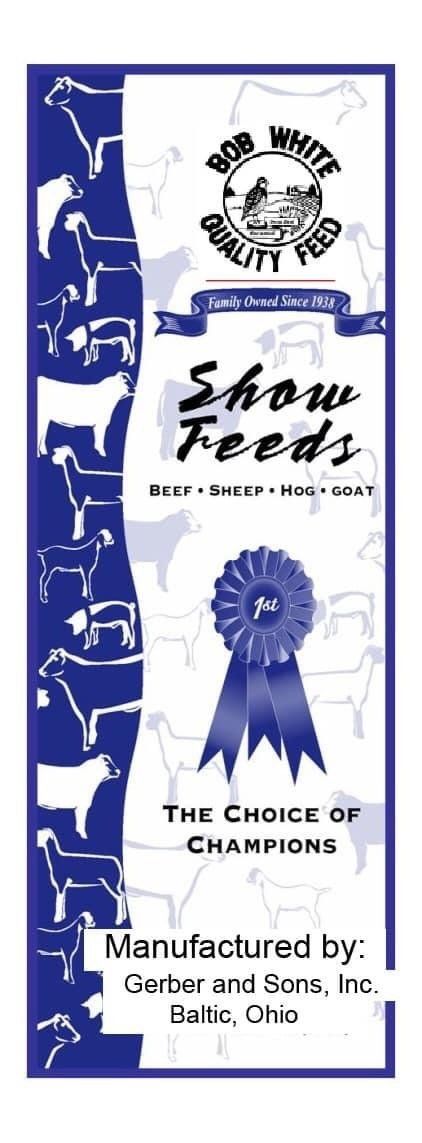
It is amazing to visit different locations and see bags still in plastic when it's in the 90's with high humidity and not much air flow. When I first got into the feed side of the ag business I had a lot to learn. I had a stack of horse feed that the plastic was left on it because well, it may get dusty. My clean bags were ruined. I'm sure my manager wasn't happy. And another time when I placed the feed up against the wall to make more room to get the dolly through. I didn't realize that the wall of the building held so much heat. Let alone being able to clean that area. I have spent some time putting this together. Whether you're a 4-H member, a new animal owner or new to the retail side of feed, I hope this helps. BAGGED FEED 1. Store feed in a cool, dry, well ventilated area if possible. 2. Rotate stock to use old feed first . Rotation is the name of the game. 3. Keep bags stacked on pallets or something to keep them off of the damp floors. You need a vapor barrier, feed bags will absorb the dampness which will result in spoilage. 4. Bags should be stacked to allow at least 18 inches between walls and supports. This allows for better cleaning, air circulation and placement of traps or bait boxes. 5. Keep different types of feed separate and clearly marked. With all bags looking the same, be sure to mark your stacks and especially careful to not get medicated feeds mixed in with non medicated. 6. We can't emphasize this enough, if your skids are wrapped in plastic. Remove the wrap as soon as you can. Before storing in your warehouse or barn. This allows better air flow and reduces the chance of mold. Believe it or not, these bags need to breathe. 7. Rodent/insect control: • Keep exterior doors closed when not in use. • Position bait boxes/traps around interior and exterior walls. Glue boards or automatic traps on either side of warehouse doors are effective for preventing entry of rodents. • Clean up spilled feed immediately and remove torn bags as soon as possible. • Regularly fog warehouse area with approved insecticide during warm months. • Regularly spray problem areas with good residual crack and crevice type insecticide. • Periodic fumigation of entire storage area may be required for severe problems, but is expensive and requires a qualified applicator. • Keep weeds and brush away from exterior of storage area. • Eliminate poor drainage areas which serve as breeding grounds for most insects. 8. Do not handle bags more than necessary and handle with care. Pelleted diets are designed to be durable, but they are not indestructible. Abusive handling will destroy the pellets which will result in poor quality feed.
